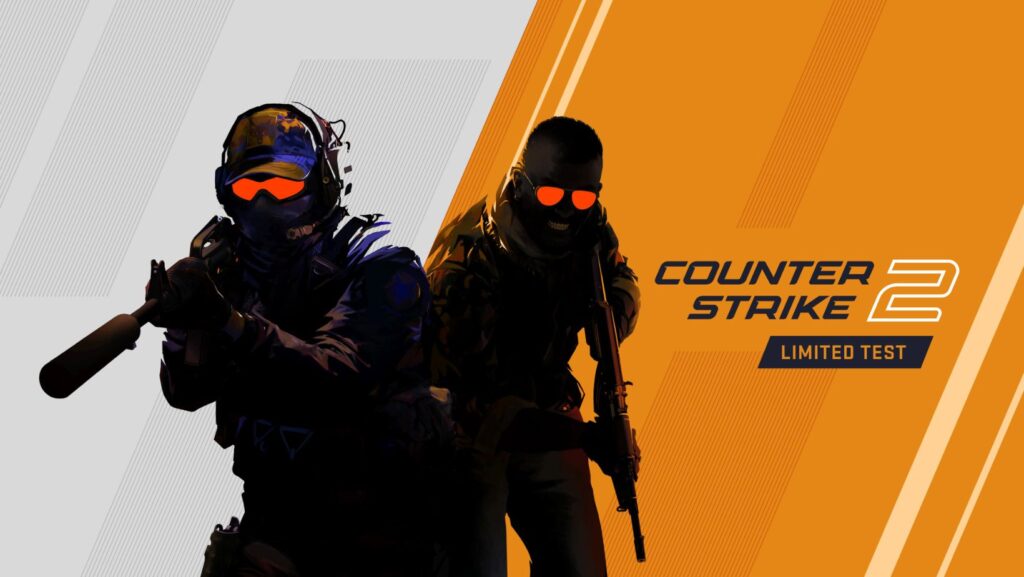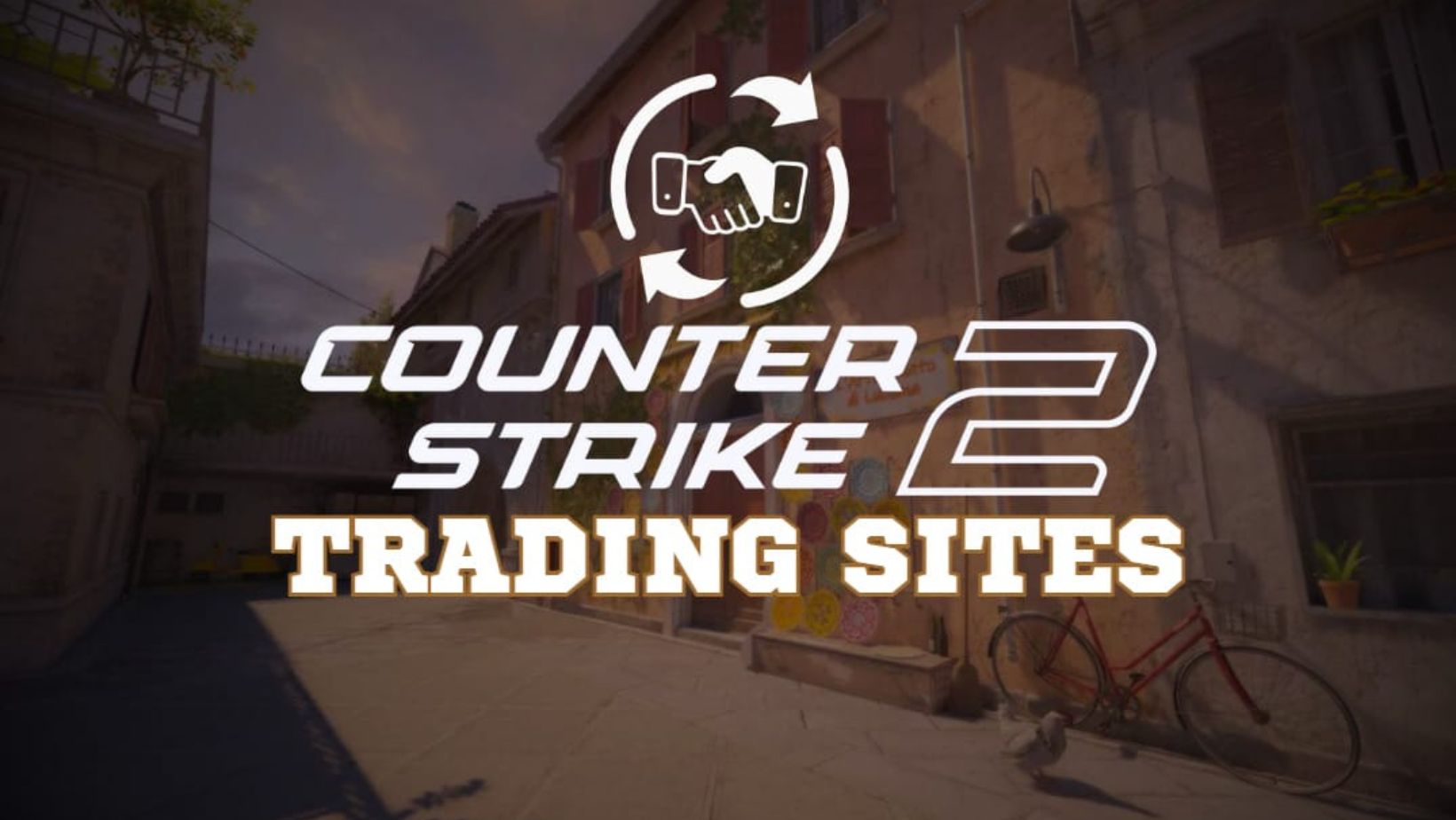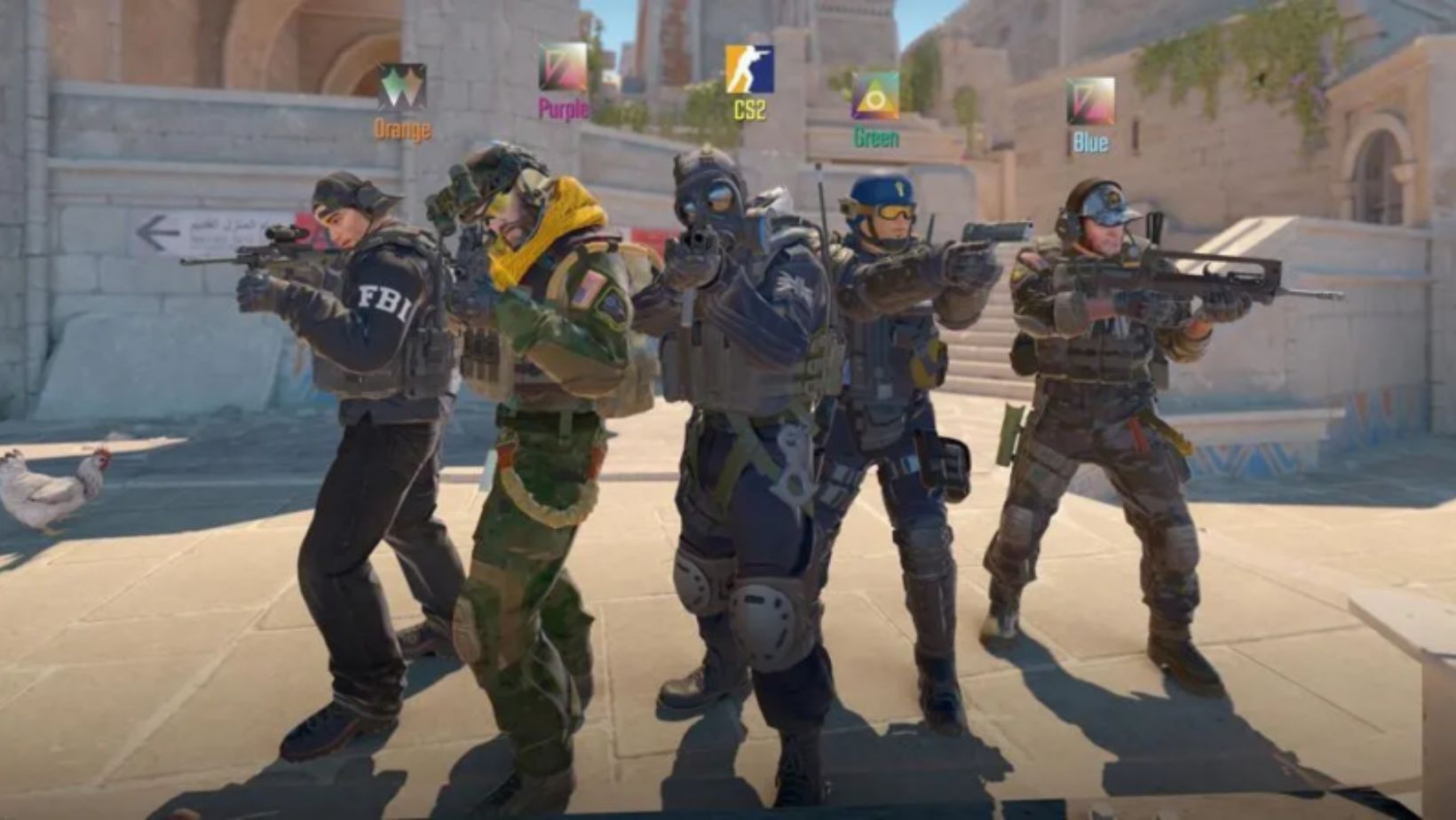
If you’ve ever opened a CS2 case and held your breath hoping for that one dream skin, you already know there’s more to Counter-Strike’s economy than just flashy cosmetics. It’s not just about looks – it’s about value, scarcity, demand, and yeah, a whole lot of luck. But beyond the game, there’s something deeper going on here. Something a lot of digital platforms could learn from.
We’re not just talking about skins anymore. We’re talking about digital economies that function, grow, and evolve like real-world markets – and sometimes, even better. So what exactly makes the CS2 skin market tick? And what lessons can other digital platforms take from it?
A Marketplace That Feels Alive
What’s wild about the CS2 economy is how real it feels. Prices shift daily based on demand, supply, trends, and hype. I remember when I bought a skin for dirt cheap just because it looked cool – three months later, it was worth triple. Not because of some in-game advantage, but simply because people wanted it.
That’s one of the most powerful aspects of the CS2 skin economy: it taps into the basics of supply and demand without feeling artificial. Unlike a lot of digital marketplaces, the CS2 ecosystem isn’t controlled entirely from the top. It’s shaped by players, collectors, traders, and yes, even those hunting rare drops through CS2 case battles.
There’s an organic rhythm to it. That’s something other digital economies – from NFT markets to game-based token systems – often struggle to replicate.
Value Feels Tangible, Even If It’s Digital
Ever tried explaining to someone outside of gaming why a virtual knife is worth hundreds (or thousands) of dollars? The blank stares are priceless. But inside the community, it just makes sense. The value isn’t just about rarity – it’s about reputation, ownership, and personal connection.

I still have my first-ever skin drop. It’s not valuable in market terms, but it’s tied to a memory, a moment. That’s the thing: CS2 skins may be digital, but they feel personal. And that kind of emotional connection builds loyalty and long-term interest – something any digital platform would kill for.
The Thrill Factor: Gamified Buying
You know what keeps people coming back? That little adrenaline rush when opening a case. The CS2 Case Battles take that feeling and multiply it by ten. It’s a perfect blend of competition and anticipation, and while it’s definitely not for everyone, it plays a big role in keeping the economy buzzing.
Other digital economies often miss that fun factor. Buying something in most ecosystems feels sterile – click, confirm, done. But CS2 turned purchasing into a mini-game. It’s unpredictable, social, and sometimes even ridiculously rewarding. Even when you don’t win, you still feel something.
That emotional engagement is something other platforms should seriously take notes on.
But Hey, It’s Not All Perfect
Let’s not sugarcoat it – the CS2 economy isn’t flawless. One of the biggest issues? Lack of regulation. Scams, account theft, and shady third-party trading are still problems. If you’re not careful, that new skin you just scored could vanish faster than your Wi-Fi on match point.
Also, because Valve controls the broader environment, there’s always the risk that one update could crash values overnight. It’s a decentralized market living inside a centralized platform – a weird balance that works, but comes with risk.
So while the lessons are there, they come with caveats. Transparency, security, and long-term support are areas where other digital economies might actually be in a better position to innovate.
What Others Can Learn (Without Copy-Pasting)
You don’t have to recreate CS2’s system to benefit from its ideas. But here’s what any digital economy can borrow:
● Let users feel like stakeholders: Ownership and tradeability matter. People stick around when they feel their digital assets are actually theirs.

● Gamify smartly: Add a little excitement to transactions. It doesn’t have to be a case battle, but give people more than a loading bar.
● Create community-driven value: Let the market breathe. Resist the urge to micromanage prices or flood supply.
● Build emotional attachment: People don’t just collect for profit – they collect for meaning. Make space for that.
What’s Your Take on the Digital Marketplace Game?
Do you think more platforms should follow Counter-Strike’s lead? Or do you see flaws that outweigh the wins? Either way, the conversation around digital economies is heating up fast – and CS2’s skin market is still one of the most fascinating case studies out there.
Drop your thoughts below. Or better yet – tell me about your wildest CS2 Case Battles moment. I’ll go first: mine involved three blues, one pink, and a heartbreak I’m still not over.
Let’s talk digital value, one skin at a time.












